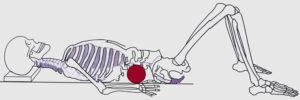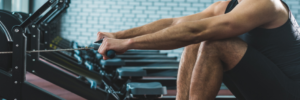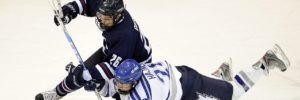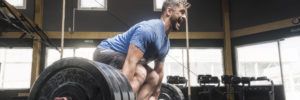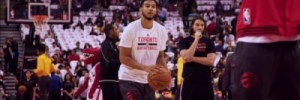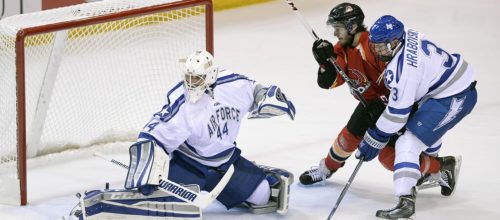
Quick Tip for Training and Designing Exercise Programs for Hockey Players
Hey, hope everyone is doing well! I got a quick little tip that I want to share with any coaches or trainers that work specifically with hockey players. This tip may influence how you set-up your exercise programs and workouts for your hockey athletes. And it may also improve the quality of your athlete’s performance when they are on the ice.
Now, this tip involves how you set up your workout programs based on each hockey players position. For instance, a forward, defense-man and goalie are all going to require different types of training, since their playing positions are different and require different physiological, bio-mechanical, and motor control demands. So to begin, I’ll go into a bit of detail regarding each position to give you an idea of how you should plan your workout programs.
Forwards
When you look at the forward position, you have your wingers and center, all of whom are going to be primarily skating in a forwards position. You’ll see some backwards and lateral movements, but it won’t be near as much as defense-man (backwards and lateral movements) or goalies (lateral movements). Now, that’s not too say that backwards and lateral movements aren’t important to forwards, because they are actually very important, but they just normally wouldn’t be as emphasized in a hockey game as much when compared to a defense-man or goalie. Ultimately, when designing workout programs for forwards, a lot of the focus should be on forward movements (e..g, forward sprints, etc.) as opposed to backwards or lateral movements.
Defense-man
As for defense-man, if you ever watch them play, they will typically engage in a lot of backwards and lateral movements when compared to forwards. However, they normally won’t engage in as much forward movements as ‘forwards’ do, which would make their workouts and programming different. Ultimately, workout programs for defense-man should focus on a lot of forwards, backwards and lateral based movements (e.g., 3 cone lateral agility drill, backwards sprinting, forward to backwards transitions, etc.).
Goalies
Now, when you consider goalies, they engage in very ‘minimal’ forwards and backwards movements, so therefore, their programming should ‘not’ focus on this. Rather, their program should focus on a lot of ‘lateral’ based movements because they are always moving side to side in a small vicinity. Lastly, another focus should of goalies should be quickness based drills that involve a goalie going from a standing position to a kneeling position.
Conclusion
Therefore, when it comes to training hockey players, each players position is going to influence the way their exercise and workouts programs are going to be conducted. Forwards are going to require more forward based movements, defense-man are going to require more backwards and lateral based movements, and goalies are going to require a lot of lateral based movements and up-down quickness movements. Note: A player’s position is just one way that will influence the way their coach or trainer should design their exercise program. There are other considerations as well including: shooting hand, catching hand, height, weight, left defense verse right defense, center versus winger etc.
Cheers,
Remi


